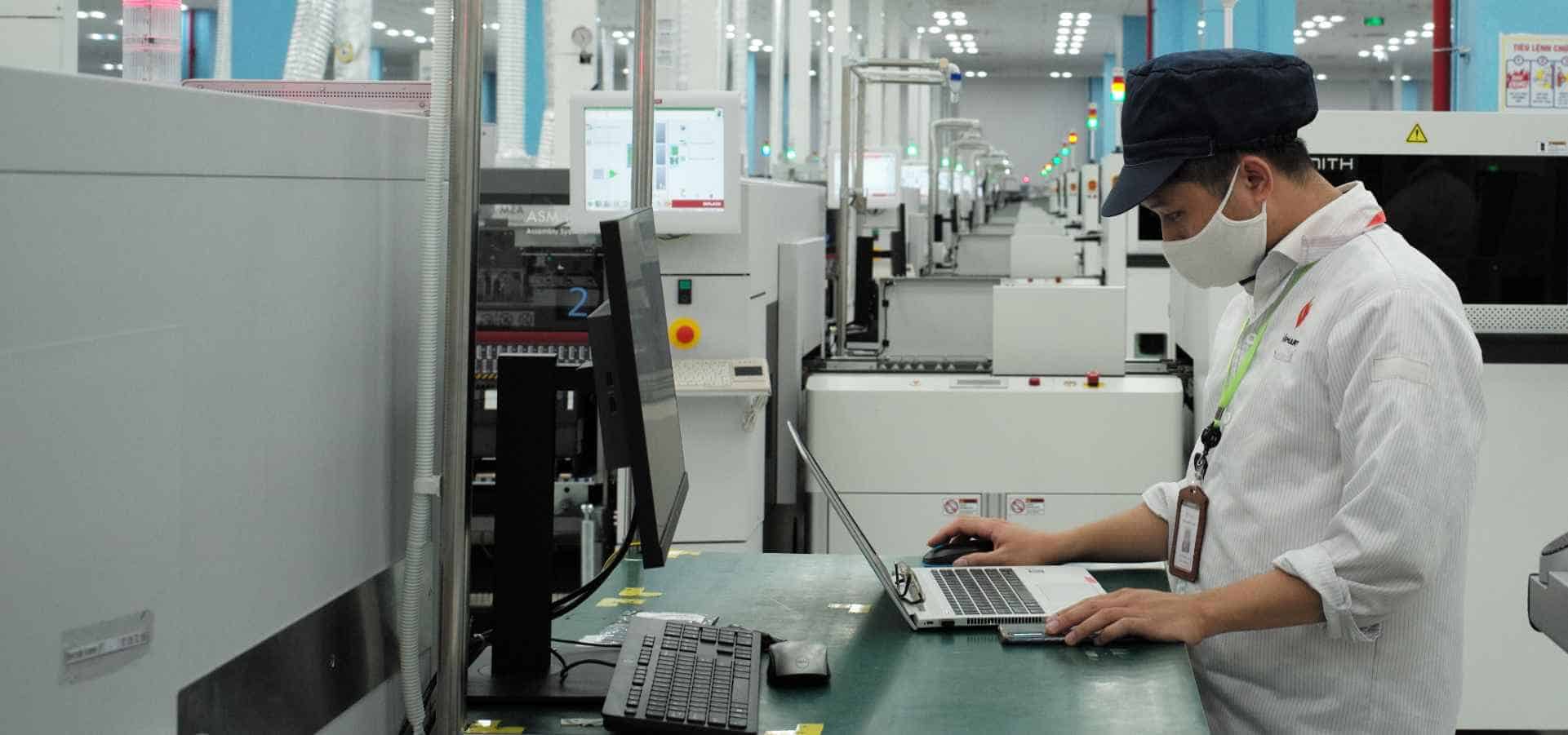Enhancing Renewable Energy Efficiency: The Role of PCB Assembly in Solar Inverters
Solar energy is a cornerstone of renewable energy solutions, providing a clean and sustainable source of power. At the heart of solar power systems are solar inverters, which convert the direct current (DC) generated by solar panels into alternating current (AC) for use in homes and businesses. Printed Circuit Boards (PCBs) play a critical role in the operation of solar inverters, integrating various electronic components essential for their functionality. PCB assembly ensures these inverters operate efficiently and reliably, maximizing the effectiveness of solar energy systems. This article explores the role of PCB assembly in solar inverters, highlighting the unique challenges and innovative solutions driving this technology forward.

Understanding Solar Inverters
Solar inverters are essential components of solar power systems. They perform several key functions:
- DC to AC Conversion: Solar inverters convert the DC electricity produced by solar panels into AC electricity, which is used by most electrical devices and fed into the power grid.
- Maximum Power Point Tracking (MPPT): Inverters use MPPT algorithms to optimize the power output from solar panels, ensuring maximum efficiency.
- Grid Integration: Solar inverters synchronize the output with the grid’s frequency and voltage, enabling seamless integration with the electrical grid.
- Monitoring and Control: Advanced inverters provide real-time monitoring and control features, allowing users to track the performance of their solar power systems.
Key Components in Solar Inverter PCBs
- Microcontrollers and DSPs: These components manage the conversion process, control MPPT algorithms, and handle grid synchronization. Efficient PCB assembly ensures they are securely mounted and cooled.
- Power Semiconductors: Components such as IGBTs (Insulated Gate Bipolar Transistors) and MOSFETs (Metal-Oxide-Semiconductor Field-Effect Transistors) are critical for switching and power conversion. Reliable PCB assembly ensures these components can handle high power loads.
- Capacitors and Inductors: These components store and filter electrical energy, smoothing out voltage and current fluctuations. High-quality PCB assembly ensures they are correctly placed and connected.
- Sensors: Inverters use sensors to monitor voltage, current, and temperature. These sensors must be accurately integrated into the PCB to provide reliable data.
- Communication Modules: For monitoring and control, inverters integrate communication modules such as Wi-Fi or Ethernet. PCB assembly ensures these modules are securely connected and function reliably.
Challenges in PCB Assembly for Solar Inverters
- High Power Handling: Solar inverters operate at high power levels, requiring PCBs that can handle significant electrical loads without overheating or failing.
- Thermal Management: Power semiconductors and other components generate significant heat. Effective thermal management solutions are essential to prevent overheating and ensure stable operation.
- Durability and Reliability: Solar inverters must operate reliably over long periods, often in outdoor environments. PCBs must be durable and resistant to environmental factors such as temperature fluctuations and humidity.
- Signal Integrity: Maintaining signal integrity in high-frequency applications is crucial to ensure accurate data transmission and control.
- Efficiency: Maximizing the efficiency of solar inverters is critical for optimizing the performance of solar power systems. PCB assembly must ensure minimal energy losses.
Innovations in PCB Assembly for Solar Inverters
- Advanced Thermal Management: Techniques such as heat sinks, thermal vias, and conductive materials are used to dissipate heat efficiently, ensuring stable operation of powerful components.
- High-Density Interconnect (HDI) PCBs: HDI technology supports the integration of miniature components and high-speed signal paths, reducing latency and improving performance.
- Robust Materials: Using durable materials that can withstand harsh environmental conditions enhances the longevity and reliability of PCBs in solar inverters.
- Automated Optical Inspection (AOI): AOI systems provide high-precision inspection of PCBs, detecting defects early in the assembly process and ensuring high reliability.
- Low-Power Designs: Advances in low-power electronics help reduce energy consumption, making solar inverters more efficient and cost-effective.
The Future of PCB Assembly in Solar Inverters
As solar energy technology continues to advance, several trends will shape the future of PCB assembly in solar inverters:
- Integration with IoT: The integration of IoT technology will enhance the monitoring and control of solar power systems, requiring advanced PCBs to support these capabilities.
- Improved Efficiency: Innovations in materials and design will continue to improve the efficiency of PCBs, maximizing the energy output of solar inverters.
- Sustainability: There is a growing focus on sustainable manufacturing practices in PCB assembly, including the use of recyclable materials and energy-efficient processes.
- Enhanced Grid Integration: Future inverters will incorporate more advanced features for grid integration, supported by cutting-edge PCB technology, to ensure reliable and seamless operation.
- Advanced Energy Storage Solutions: The development of more efficient and durable energy storage solutions will drive advancements in PCB assembly, supporting the continuous and reliable supply of renewable energy.
Conclusion
PCB assembly is a critical component in the development and performance of solar inverters, enabling the creation of reliable, efficient, and innovative systems. By addressing challenges such as high power handling, thermal management, durability, signal integrity, and efficiency, and leveraging innovations like advanced thermal management, HDI technology, and robust materials, manufacturers can enhance the functionality and reliability of solar inverters. As the field of solar energy technology continues to evolve, advancements in PCB assembly will play a pivotal role in driving the future of renewable energy, ensuring a more sustainable and resilient energy infrastructure.
